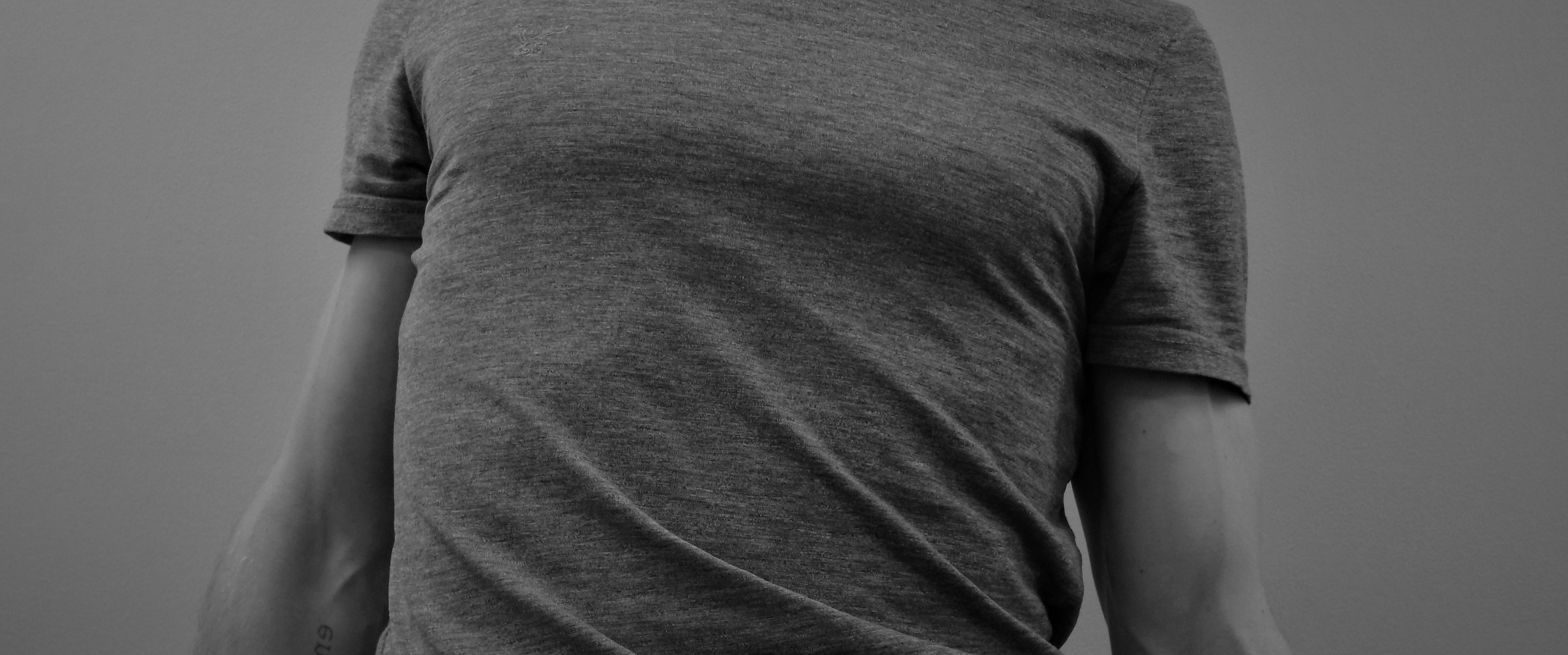
How to tell if you're in a pattern
I've written before about the common Left AIC pattern and how prevalent it is because of the way that our insides are arranged as humans. But the question worth asking is: how do you know if you're stuck in this pattern? Well, there's a few indicators in the patterns that you might be able to notice.
Dropped Right Shoulder
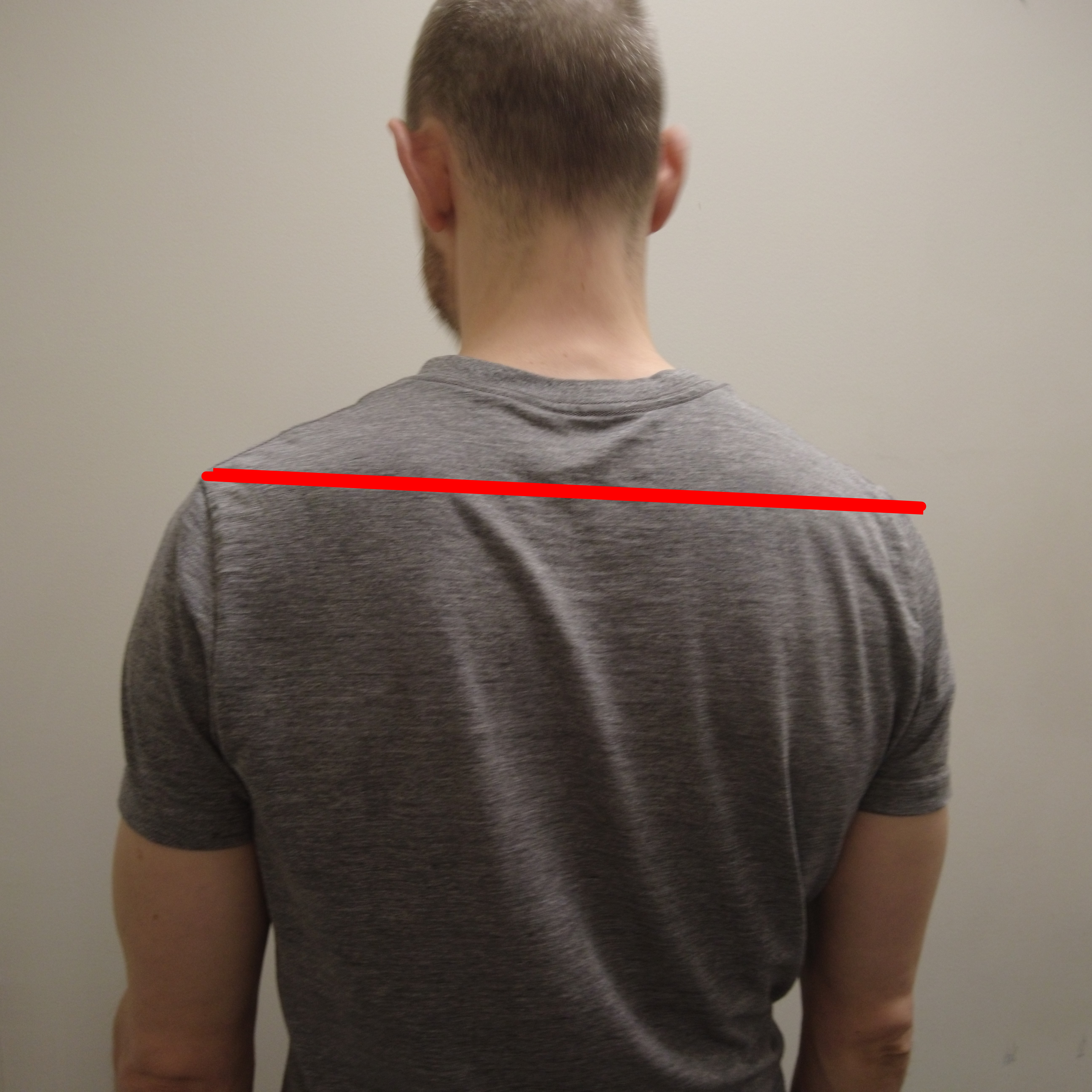
Left ribs are flared
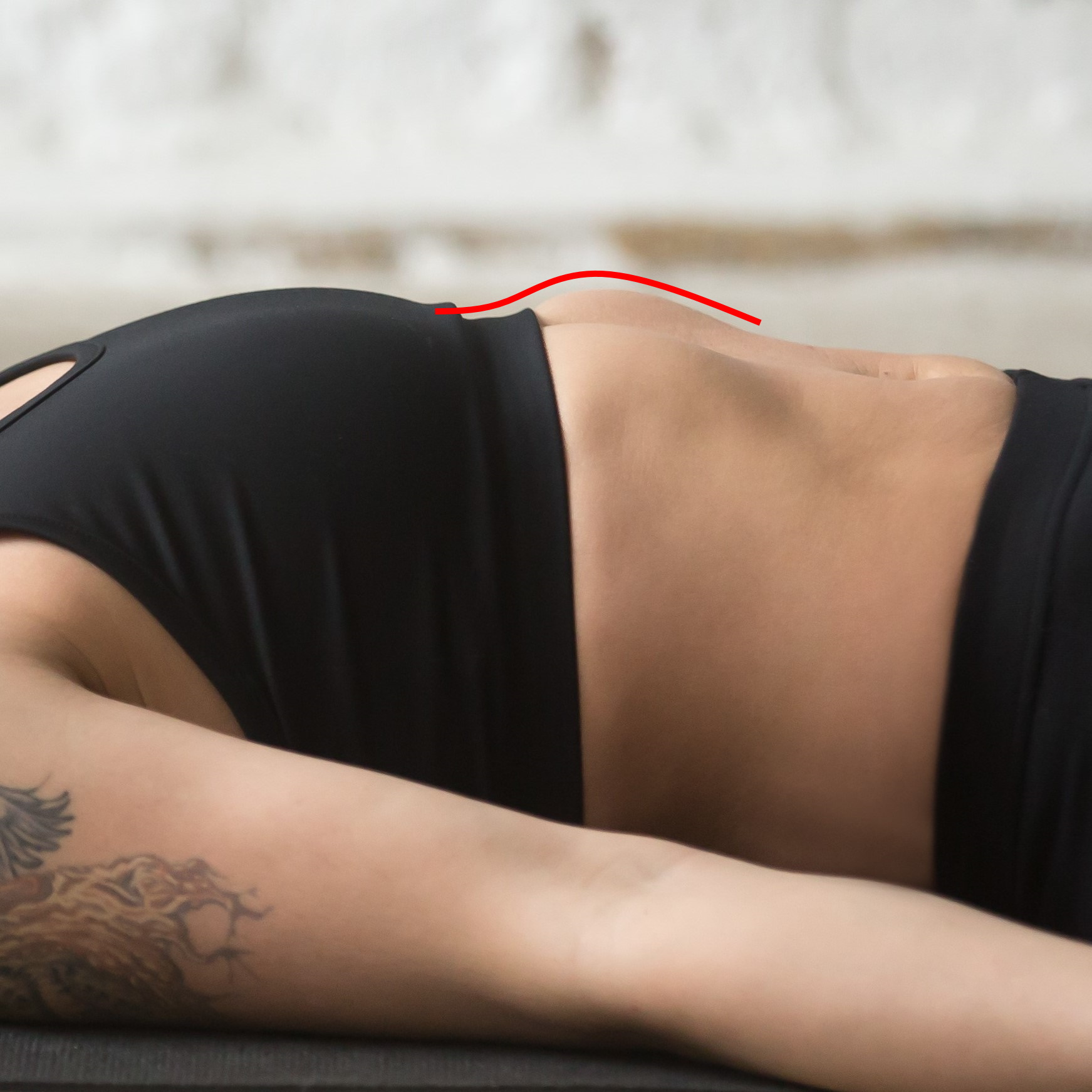
The Left AIC pattern includes the left diaphragm, which when contracted works more as a postural muscle than a breathing muscle. If the Left AIC pattern can't relax, then the left diaphragm is usually going to be stuck in a contracted position which elevates and rotates the lower ribs. This tends to couple with the counter-rotation described above, which compresses the right ribs but decompresses and elevates the left ribs at the same time. There are a couple of ways to check for this, I find the easiest is to run hands down the ribcage from top to bottom and see if you notice a sort of 'ski-bump' shape as you slide over the lower ribs. Often this will be very obviously more present on the left than the right side. If you notice this, it's a good indicator that the left diaphragm isn't getting a chance to relax and the compensations are holding the ribs there.
Right foot rotates out
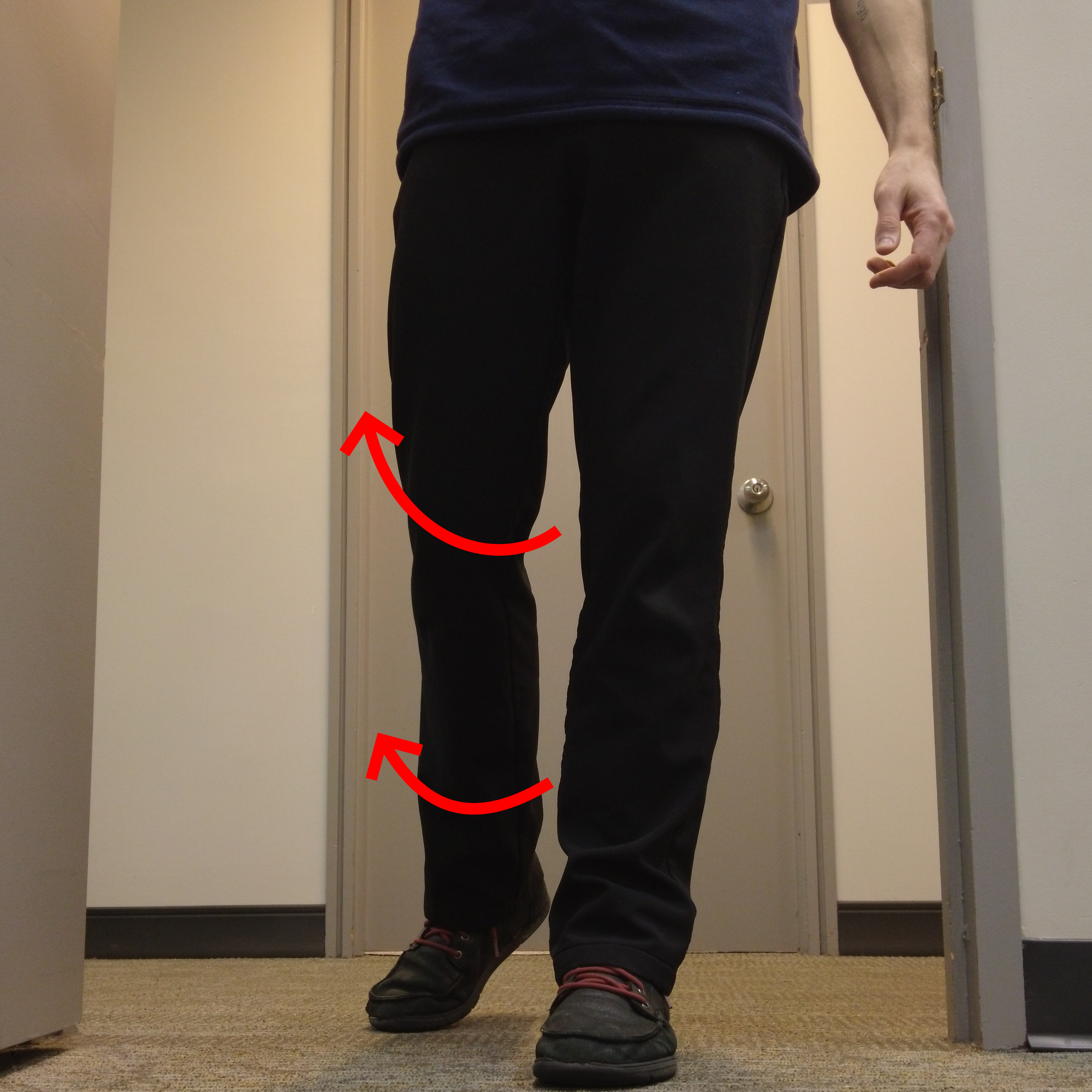
Impingements and Instabilities
Finally, one of the most common things that happen when you're stuck in a pattern is that annoying aches and pains and discomforts and hurts that have no apparent cause have a tendency to keep showing up and usually to progressively get worse.
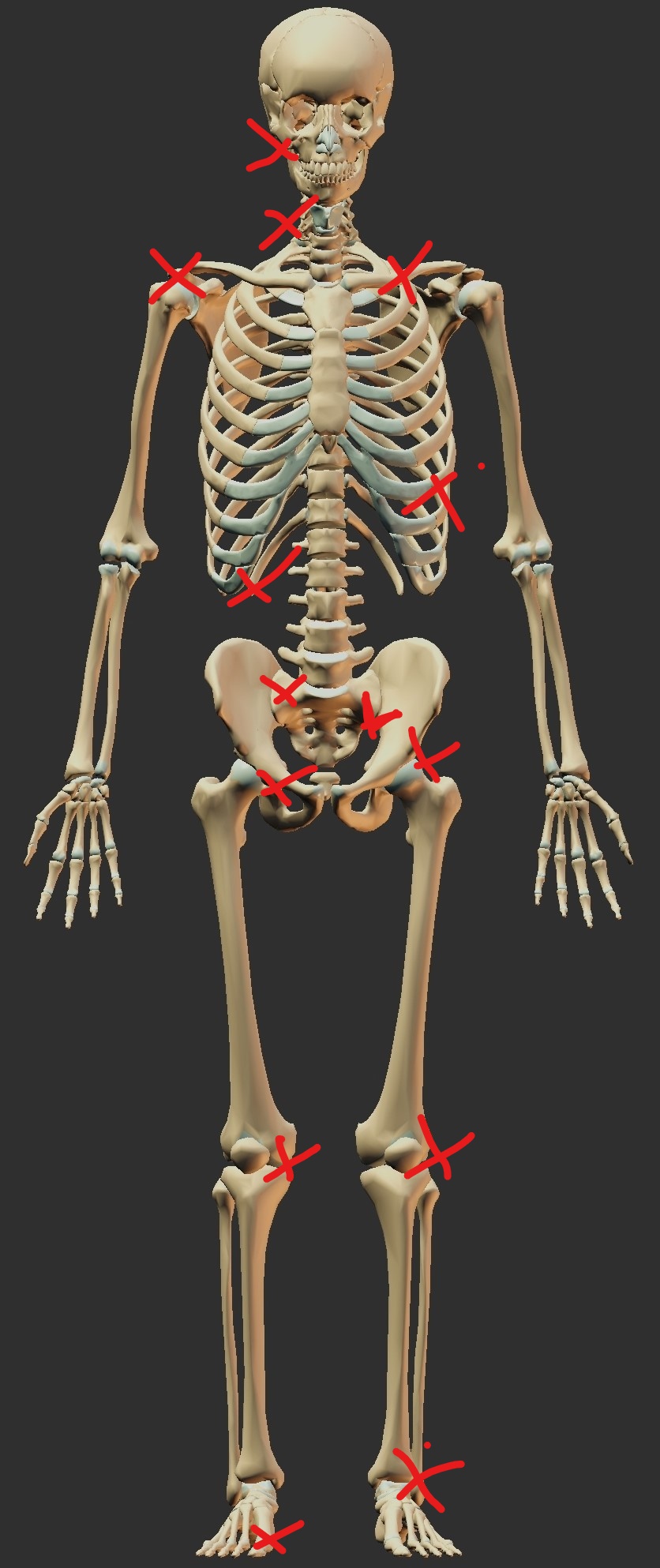
Being stuck in a Left AIC pattern and the associated compensations can create many sorts of soft tissue pathologies as a result of a right side that is compressed all the time, and a left side that is always unstable. For example:
- Right big toe bunions
- Left patella or IT band issues
- Right knee compressions or groin pulls
- Left hip pinching at the bottom of the squat
- Right hip pinching when swinging the leg
- Piriformis syndrome and SI joint issues
- Right abdominal or lower back pain
- Left lower/mid ribs 'popping out'
- Right shoulder range of motion limited
- Left levator scapula muscle tightness
- Right upper trapezius muscle tightness
- Jaw and TMJ issues
- Tension headaches
Many of these issues can be driven by patterns that can't turn off and the resulting tension and compensations that a body has to progressively take on in order to keep doing the things you need to do every day. If you're reading this and thinking you might be stuck in a Left AIC pattern, then I recommend starting with some exercises to get the pattern to shut off. If those aren't working then it's possible that there are additional layers of compensation to deal with, in which case I recommend booking to see me for an full assessment, treatment and exercise plan specifically tailored to your unique set of compensations.
